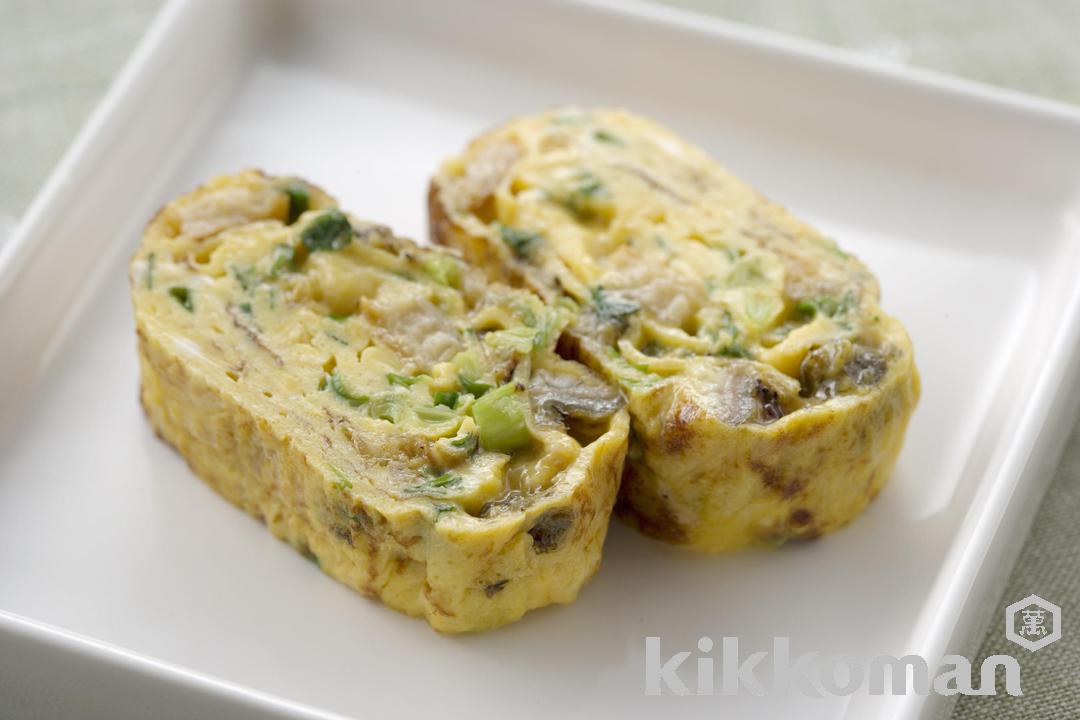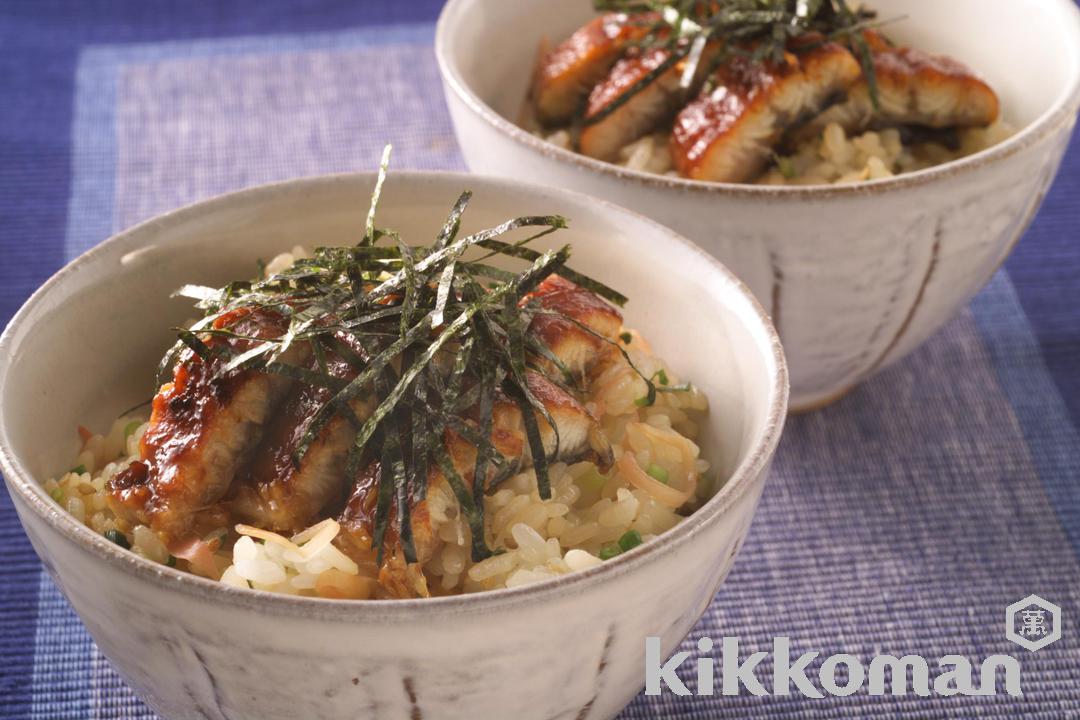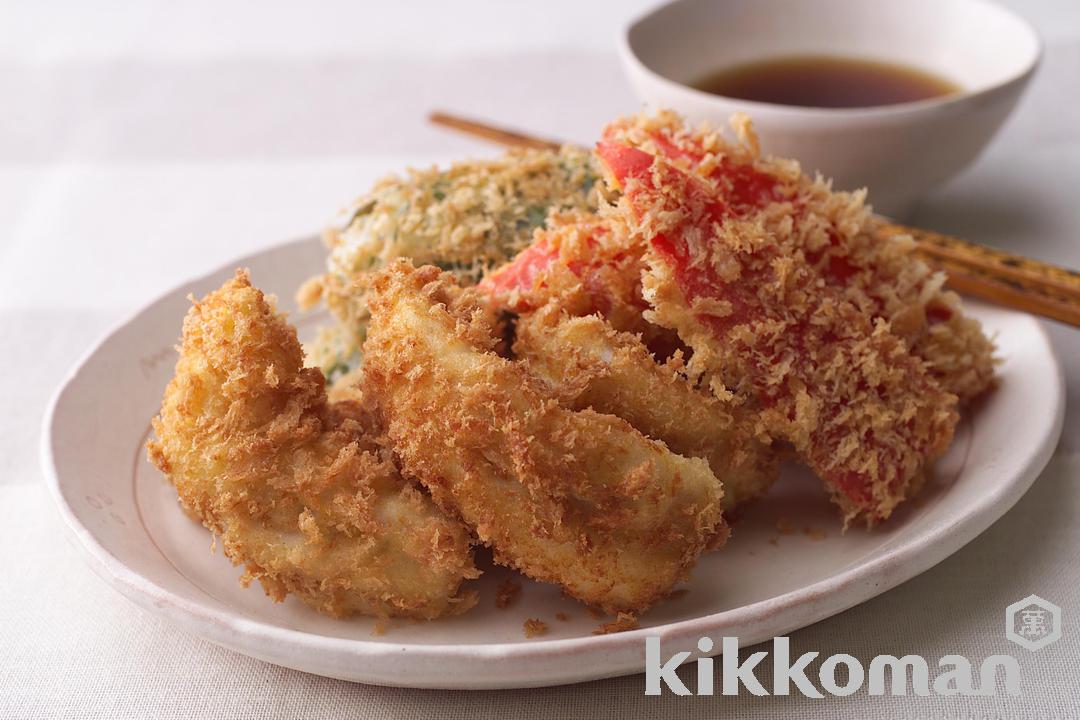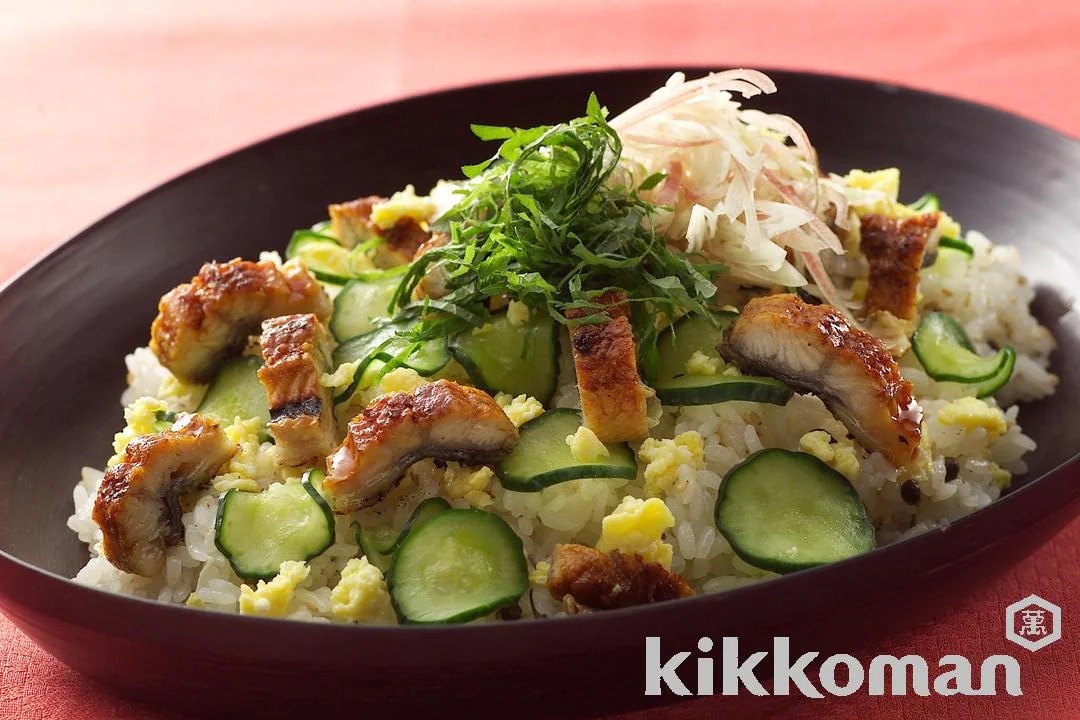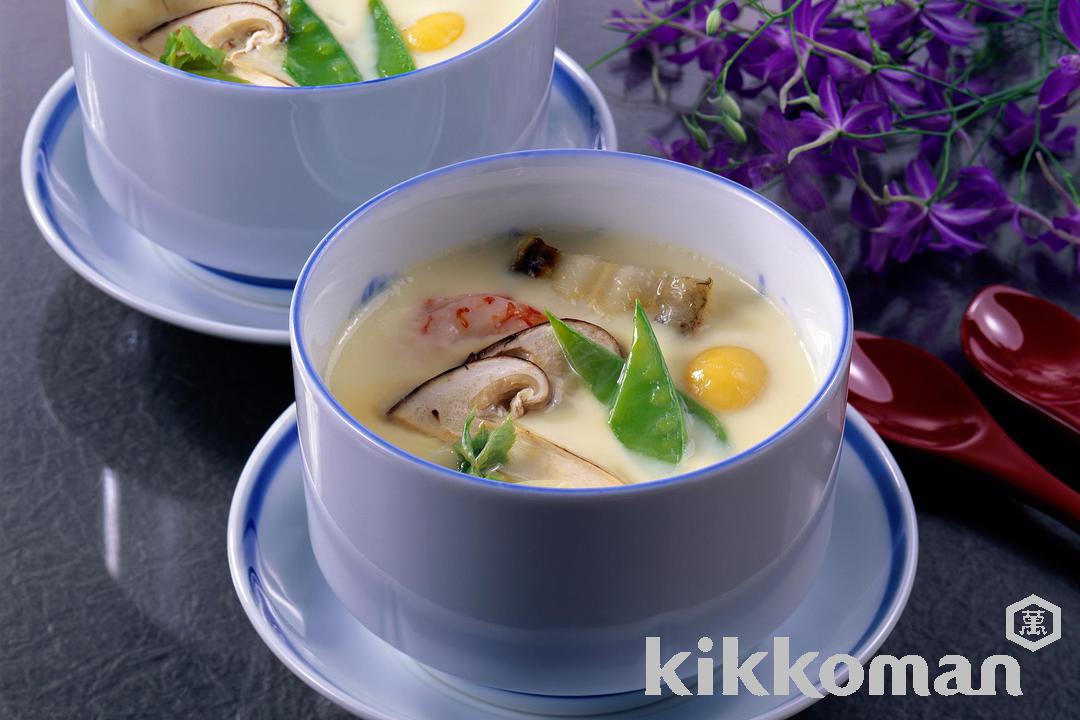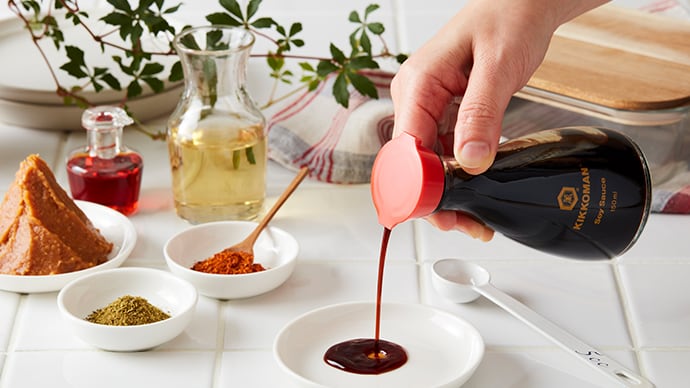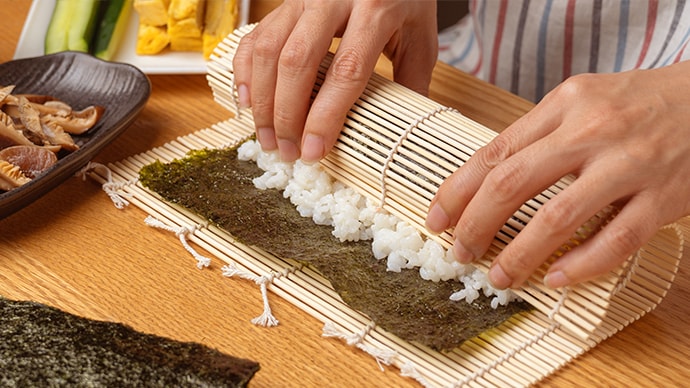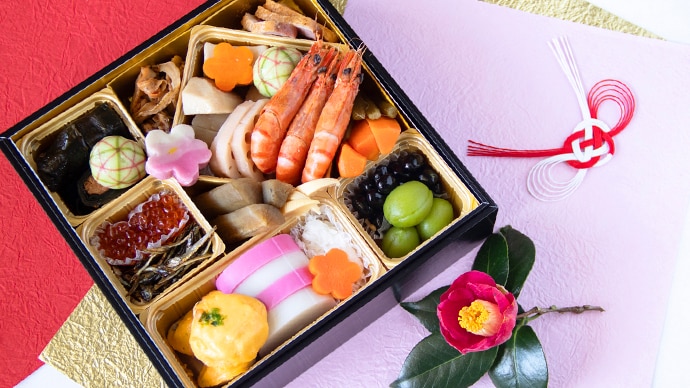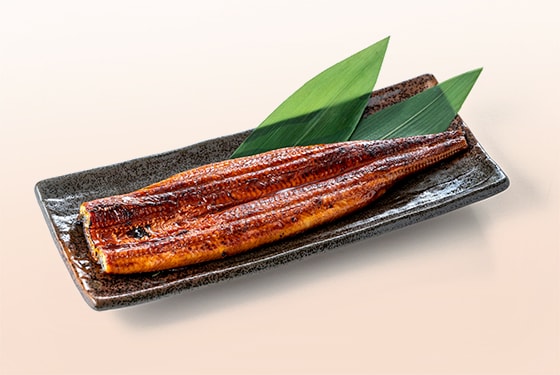
Two popular long fish in Japan
What are eel and conger eel?
Both eel / unagi (うなぎ in Japanese) and conger eel / anago (あなご in Japanese) are long, slender fish enjoyed worldwide. In Japan, they are typically prepared in two main ways: "shiroyaki" (grilled with just salt) and "kabayaki" (grilled with a sauce made from soy sauce, sake, sugar and other seasonings). The grilled eel is often eaten as is, served on rice, or used as a filling in rolled omelets. Conger eel, which is similar to eel but has less fat and a lighter taste, is often used in tempura or simmered in soy sauce to be served as sushi.
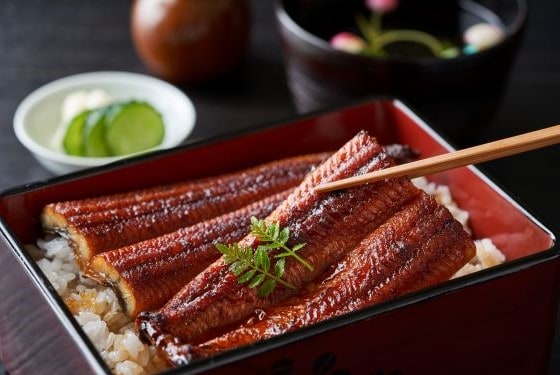
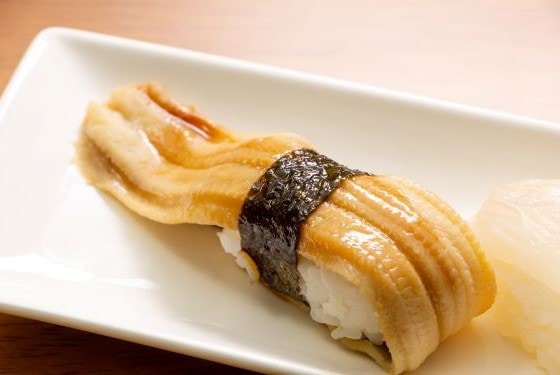
Nutrition facts
Eel is a very nutritious food that contains almost all comprehensive nutrients. It is high in protein, but also has a high lipid content. The lipid content is high in palmitic acid, EPA, and DHA. Eel is rich in fat-soluble vitamins such as vitamins A, D, and E. It is also rich in vitamins B1, B2, and pantothenic acid, which are involved in stimulating energy metabolism. Eel is a very nutritious food, but it is best to be cautious of its high lipid content. Additionally do so in the case of grilled eel, as its sauce is high in salt.
In Japan, it is customary to eat eel to build up strength, prevent summer fatigue, or recover from illness. Thus, there is a custom of eating eel on the summer day of Doyo no Ushi (midsummer day of the ox which takes place sometime between mid-July to August) which originated during the Edo period. This is largely originated from the traditional wisdom of eating eel during the hot summer months to help get through the summer, but is recognized as reasonable based on nutritional science nowadays.
Storage to prevent food loss
Wrap the fish tightly in plastic wrap and store it in the refrigerator or freeze it. It can be stored in the refrigerator for 2-3 days.
Trivia
Eels have been treasured as a nutritious food for centuries. They are mentioned in a poem from the "Manyoshu", a Japanese anthology from 1,200 years ago, as a remedy for summer fatigue. The now-common "kabayaki" method of cooking eel originated in the Edo period (1603-1868). Eels are currently considered an endangered species, leading to advancements in aquaculture and substitutes.
Caution
In Japan, there is a belief that eating eel with pickled plums (umeboshi) is not advisable, but this is a myth. However, it is recommended to avoid consuming eels with water-rich foods like fruits or daikon radish, as they may hinder the digestion of the eel's rich fat content.
Related Recipes
15min+
235kcal
400mg
50min
398kcal
400mg
25min
147kcal
700mg


